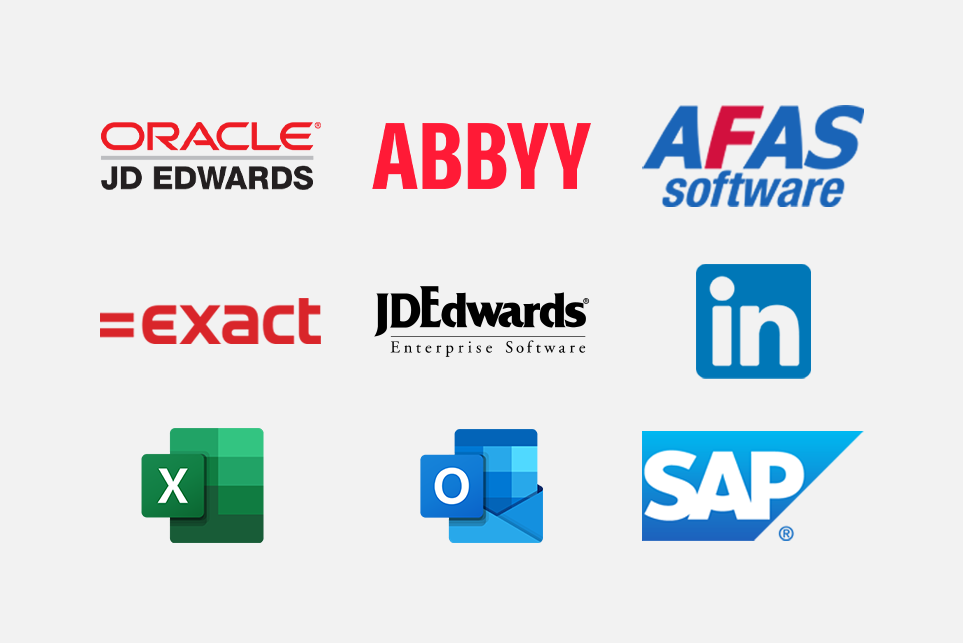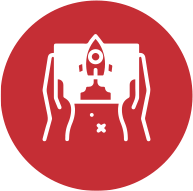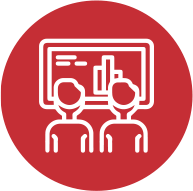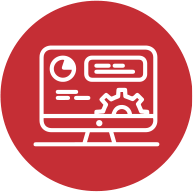RPA: Robotic Process Automation. Software robots that can take over mundane and time-consuming tasks, allowing you to focus on more enjoyable and challenging work. This gives you the opportunity to tackle tasks that may be neglected when things get too busy.
RPA is a powerful technology enabling the development of software robots that, like regular employees, can operate our existing ICT applications. The robot can independently log in, read emails, retrieve data from spreadsheets, and fill in web forms. The adoption of RPA is rapidly growing across organizations, yet for many, RPA remains a novel and unfamiliar concept. We are here to assist you in navigating through this technology and getting started with RPA.
RPA, how does it work?
RPA operates through intelligent software. The robot interacts with the User Interface of an application, enabling it to control virtually any application. Whether it’s a 20-year-old accounting package or the UWV website for online subsidy applications, the robot navigates through the application or website by simulating mouse clicks and entering data as if operating a keyboard.
- Click on the video next to this to witness a software robot in action.
Articles and Insights
A Digital Employee as a New Colleague
A software robot can independently log into an application using its own user account. Think of it as a digital colleague that, like a new team member, is assigned specific tasks. For instance, we can instruct this digital employee to log in at 8 AM every morning and check for pending tasks, such as responding to emails in an inbox or processing a folder of purchase invoices. The robot is capable of executing any task or process based on a predefined set of rules. We can precisely instruct the robot on what to do in each situation. However, handling processes with numerous exceptions can be challenging. In such cases, documenting every possible exception becomes impractical and often unrealistic.
Collaboration harmony: human and robot
Numerous processes adhere to predefined rules, yet not entirely. In such scenarios, the robot adeptly manages around 80 percent of cases—the smooth flow. The remaining 20 percent is identified as an exception, which the robot gracefully hands over to a human colleague. Picture it as a seamless collaboration, resembling a coordinated play: the robot takes charge of routine tasks, and when necessary, smoothly passes the baton to the employee for handling unique situations.

Which processes and systems are suitable for RPA?
The strength of RPA lies in its compatibility with all existing applications. It is applicable to almost all departments, ranging from Financial Administration to HR, Customer Contact, Procurement, or the Logistics Department. We have automated hundreds of processes using UiPath’s RPA software. Our robots seamlessly operate with applications such as SAP, Outlook, Excel, Exact, AFAS, JD Edwards, Microsoft Dynamics, ABBYY, Navision, Eduarte, and many others. And the beauty of it is: our library of reusable robots is growing rapidly. This allows us to operate more efficiently with each passing day.
Track record
While we can certainly provide you with insights into our identity, work approach, and the possibilities with RPA and AI, if you’re interested in tangible examples of our practical accomplishments and the clients we’ve worked with, take a look at these customer cases.





